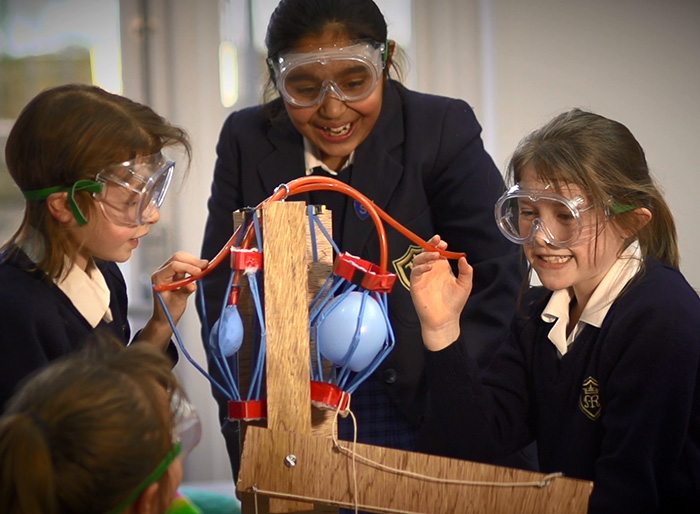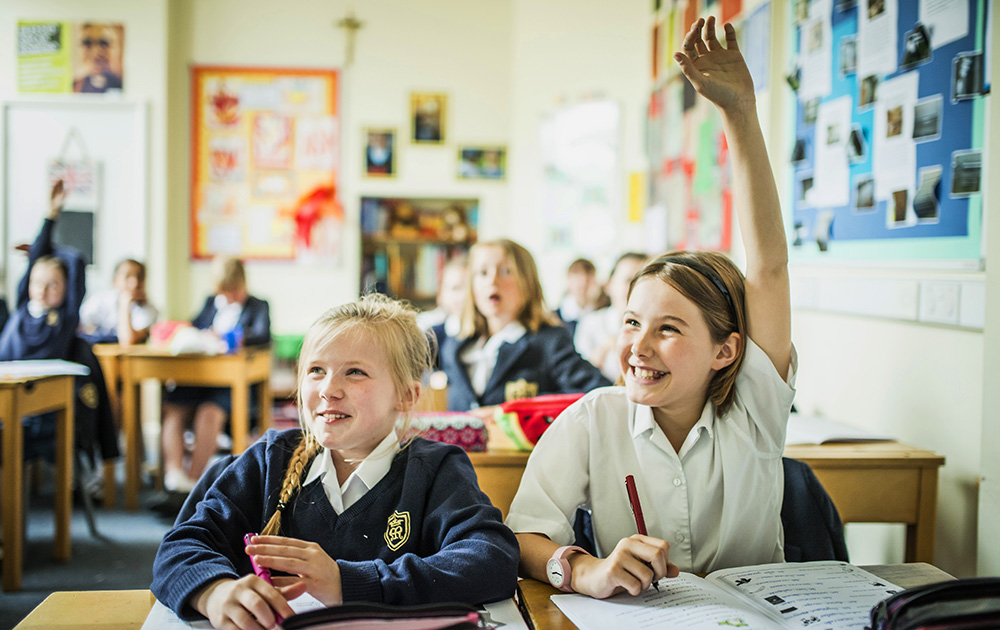Matthew O’Reilly, head of juniors at St Mary’s School, Cambridge, considers the importance of continuity in education, from primary level upwards
Many educators and parents view the efforts of primary teachers as somehow ‘less’ important than their GCSE, A-level and university counterparts. But primary education sets the tone for a child’s entire education experience, so it’s essential that these years are positive and provide children with a springboard to propel them confidently through education and beyond.
What do we think of when we recall our own experiences of primary school? Some of us will have happy memories of team games, creative projects or discovering the joy of independent reading. We might not recall so quickly the process of getting to grips with the rules of formal classroom behaviour, such as how to work as a group, formulate ideas or give and receive constructive criticism. Neither are we likely to remember practising the art of staying focused on a difficult challenge for the first time. As adults we are all too aware that projects need to be completed, and that accomplishment comes from striving that bit more, but at the age of four these are brand-new skills that need to be learnt.
These initial learning experiences have more of an impact on the way we subsequently approach learning than we might realise. Primary years are where children start to understand who they are, often based on what they think they are good at and what they enjoy, and so it’s vital that they spend their primary years happily and productively. Providing this solid foundation is key; but even the best-laid plans fail when not followed through, so the next stage of children’s education must build upon this foundation and not work against it.

For that reason, there are huge advantages to a joined up approach between primary and secondary education. An awareness of the different experiences children will have had, in terms of styles of learning, daily routines, expectations, giving of feedback, school values and curriculum content, helps to deliver this.
At St Mary’s, our Junior School, Senior School and Sixth Form teachers all come together for professional development training days four times each year, so, for example, teachers from reception through to A level are up to speed with the school’s growth mindset approach and emphasis on developing essential oracy skills.
We are also able to share subject specialist teachers across our schools. Our STEM co-ordinator starts working with the girls in reception on creative projects and sees the girls’ inquisitiveness spark throughout their time at Junior School in preparation for their learning at Senior School, which they are able to tailor to their interests. Similarly, our house system – in which each house ‘family’ has a couple of girls from each year group – continues from Junior School through to Sixth Form and works to develop friendships between year groups by supporting the vertical integration of our girls. Being able to plan in this way is of enormous benefit as pupils approach each transition through the school.
The continued development of multi-academy trusts (MATs) across the UK supports this approach too, with primary heads sitting on governing bodies of senior schools to promote continuity from one learning environment to the next. A disjointed education system, where children’s early experiences become mismatched and even contrary to what they encounter when they arrive at senior school, only works to undo the accomplishments of the children and their primary teachers. It’s not right that children are left to figure out changing styles of teaching and different levels of expectations by themselves at the same time as they are getting to grips with new teachers, peers and subject content, and this is why it is important that there is dialogue between schools and that primary school heads are given the chance to speak for the whole of a child’s education.

